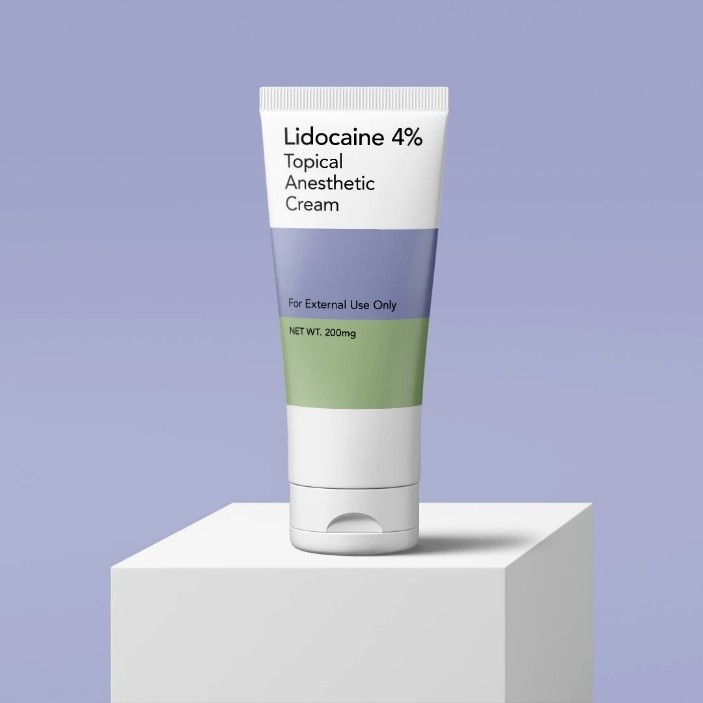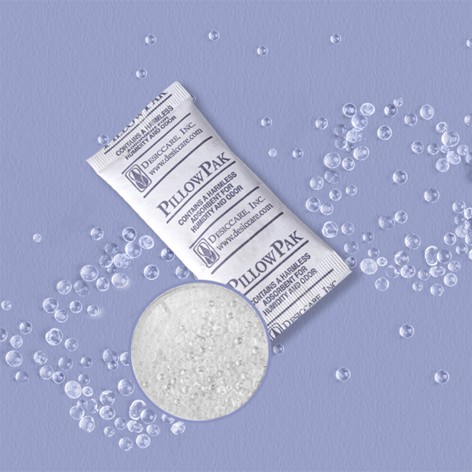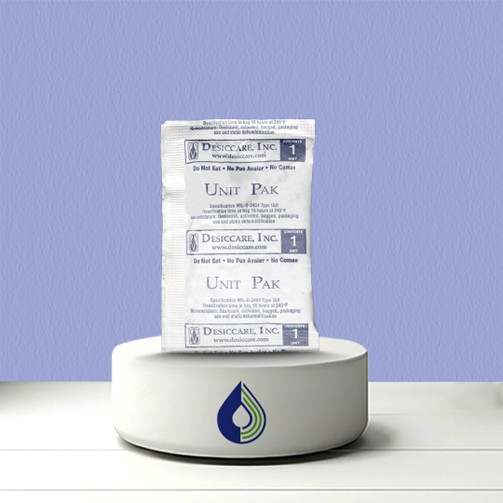
How Can Laminated Tubes for Pharma Be Customized for GMP Packaging Compliance?
Studies show that the medical packaging laminated tubes market is projected to reach USD 2.5 billion by 2025, expanding at nearly 6–7% CAGR through 2033, with pharmaceutical applications driving much of this growth due to GMP packaging demands. Maintaining drug stability during storage and distribution depends heavily on primary packaging systems. Among these, laminated tubes for pharma provide a proven solution for semi-solid formulations, dermatological creams, and oral gels where both barrier integrity and GMP compliance are critical. Their multilayer structure, combining polymers with aluminum or EVOH layers, offers strong resistance to oxygen ingress, moisture migration, and microbial contamination, which are high-risk factors for product degradation.
Pharmaceutical companies require packaging that is both functional and fully compliant with GMP standards. This means customization in design, material selection, and manufacturing controls to preserve product stability while ensuring regulatory readiness.
Structural Design with Barrier Adaptability
Laminated tubes are built using multiple layers, each layer serving a distinct role. The outer polymer provides rigidity and printable surface area. The barrier layer, often aluminum foil or EVOH, delivers low permeability to gases and water vapor. The innermost contact layer must comply with pharmacopeial standards, ensuring compatibility with APIs and excipients.
Design adjustments in laminate thickness, seal integrity, and barrier selection can be tailored to the sensitivity of the formulation. For moisture-sensitive drugs, studies confirm that barrier-optimized laminated tubes achieve up to 60% lower water vapor transmission compared to monolayer polymers, significantly reducing hydrolysis risks.
GMP-Oriented Production Controls
Customization extends beyond structure into the production process. To align with GMP, laminated tube manufacturing integrates:
- Controlled environments to minimize microbial and particulate contamination.
- Validated sealing and crimping processes that ensure consistent tube integrity.
- Material traceability linking resin, foil, and additives with batch records.
- Stability protocols conducted under ICH climatic zone conditions to confirm long-term integrity.
These GMP-aligned practices turn laminated tubes into validated packaging systems suitable for regulated markets rather than generic containers.
Compatibility Testing with APIs
Drug packaging interaction remains a focal point of GMP compliance. Laminated tubes must undergo extractables and leachables testing to confirm that packaging materials do not compromise product purity. The choice of inner polymer layers, whether low-density polyethylene or advanced co-extrusions, must be based on non-reactivity with APIs.
For instance, in corticosteroid formulations, tubes manufactured without compatibility testing have shown migration of additives, leading to drug degradation. GMP-driven laminated tubes, validated with pharmaceutical-grade polymers, mitigate this risk and ensure chemical stability.
Custom Features for Pharma Operations
Pharmaceutical packaging engineers often demand additional functionality to meet both GMP and operational requirements. Examples include:
- Tamper-evident closures that enhance regulatory compliance and patient safety.
- Child-resistant features are designed in line with safety regulations.
- Serialization and coding are embedded in the laminate surface for full track-and-trace support.
- Metered dispensing systems that deliver dose consistency while minimizing contamination after opening.
Each of these features is validated within GMP frameworks, ensuring they do not compromise barrier performance or drug stability.
Validation and Documentation Aligned with GMP
Every customization must be supported by documented validation to meet regulatory scrutiny. Key protocols include:
- Oxygen and moisture transmission rate testing under accelerated conditions.
- Container closure integrity tests, such as vacuum decay and dye ingress.
- Extractables and leachables profiling in compliance with USP <1663> and <1664>.
These records build the evidence package that assures regulators and manufacturers that laminated tubes maintain GMP compliance across their lifecycle.
Closing Note:
Pharmaceutical packaging is no longer limited to containment; it is now an integral component of drug stability and compliance. Laminated tubes, when engineered and validated under GMP frameworks, provide strong barrier protection, compatibility assurance, and regulatory readiness. Beyond pharmaceuticals, the same technology enhances performance in personal care, where laminated tubes for cosmetics in the USA safeguard product shelf life. At Adsorbtek Solutions Inc., our focus is on tailoring laminated tube solutions to align with GMP packaging requirements. We collaborate with pharmaceutical partners to provide validated, compliant, and performance-driven tubes that protect both formulations and reputation.
Contact us today to explore customized laminated tube solutions designed for strict GMP compliance and pharmaceutical excellence.
FAQs:
1. What are laminated tubes used for in pharmaceuticals?
They are primary packaging systems designed for semi-solid drugs, ensuring barrier protection and GMP compliance.
2. Why are GMP requirements important for laminated tubes?
GMP ensures manufacturing consistency, product safety, and regulatory acceptance of laminated tubes for pharma packaging.
3. How do laminated tubes prevent drug degradation?
Their multilayer design blocks oxygen and moisture, reducing hydrolysis and preserving API stability.
4. Can laminated tubes be customized for specific formulations?
Yes, customization in barrier layers, closures, and dispensing features supports diverse formulation requirements.
5. What testing is required for GMP-compliant laminated tubes?
They undergo extractables and leachables studies, barrier performance testing, and closure integrity validation.
Search
Recent Posts



